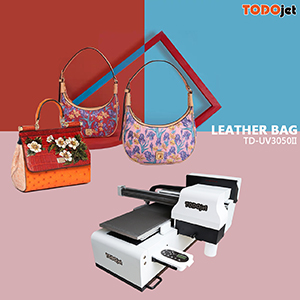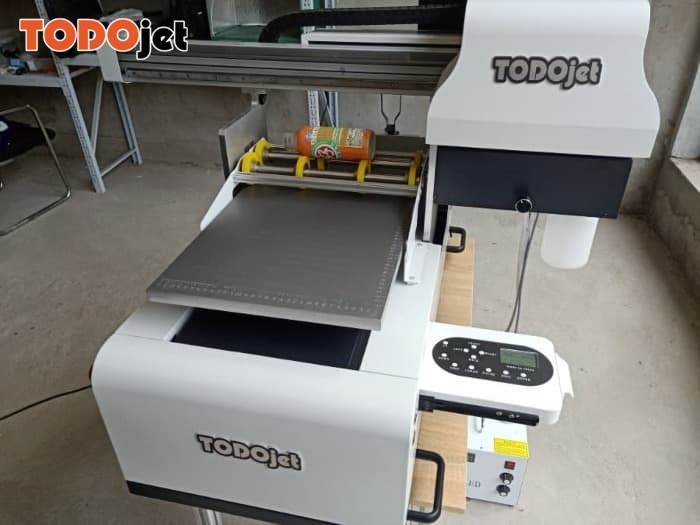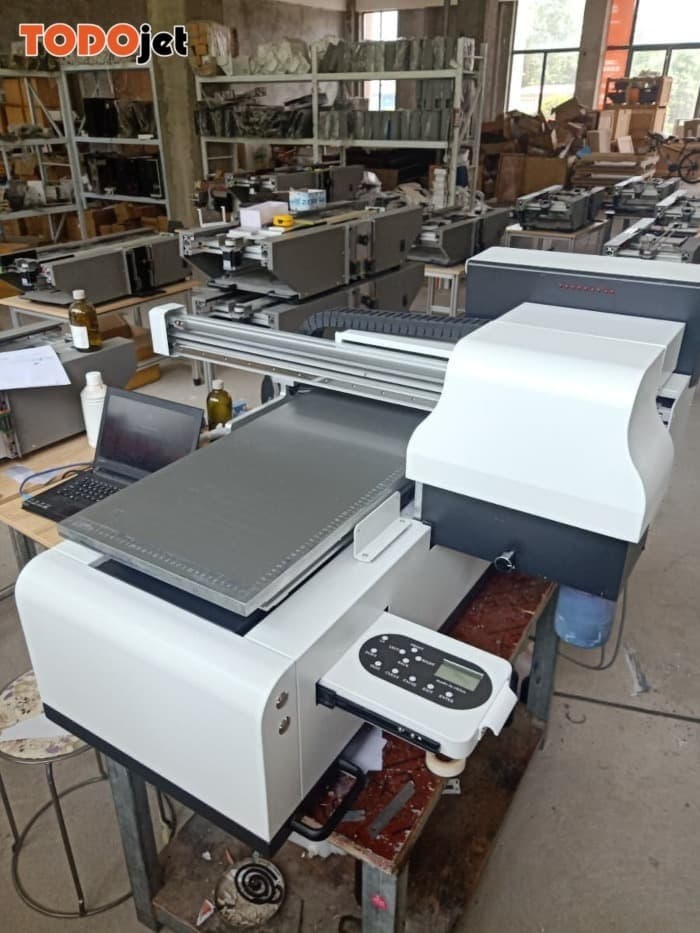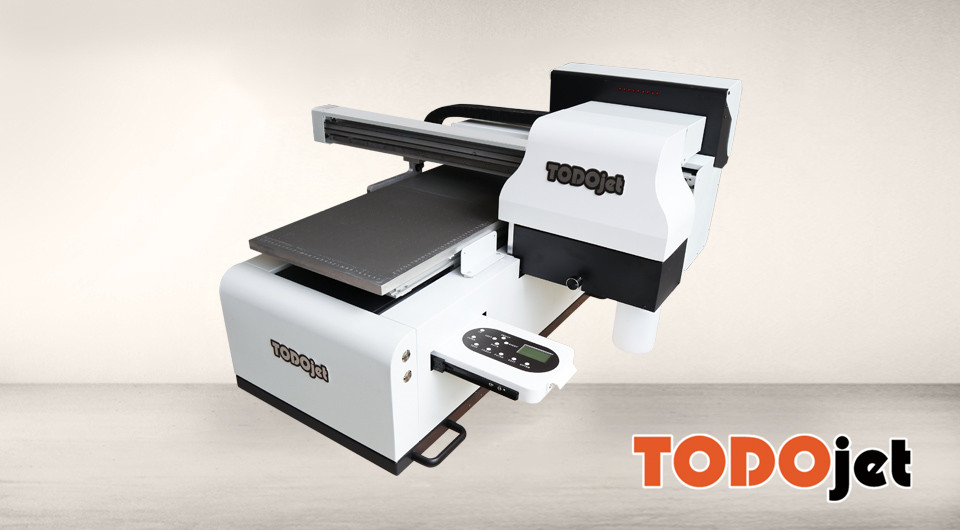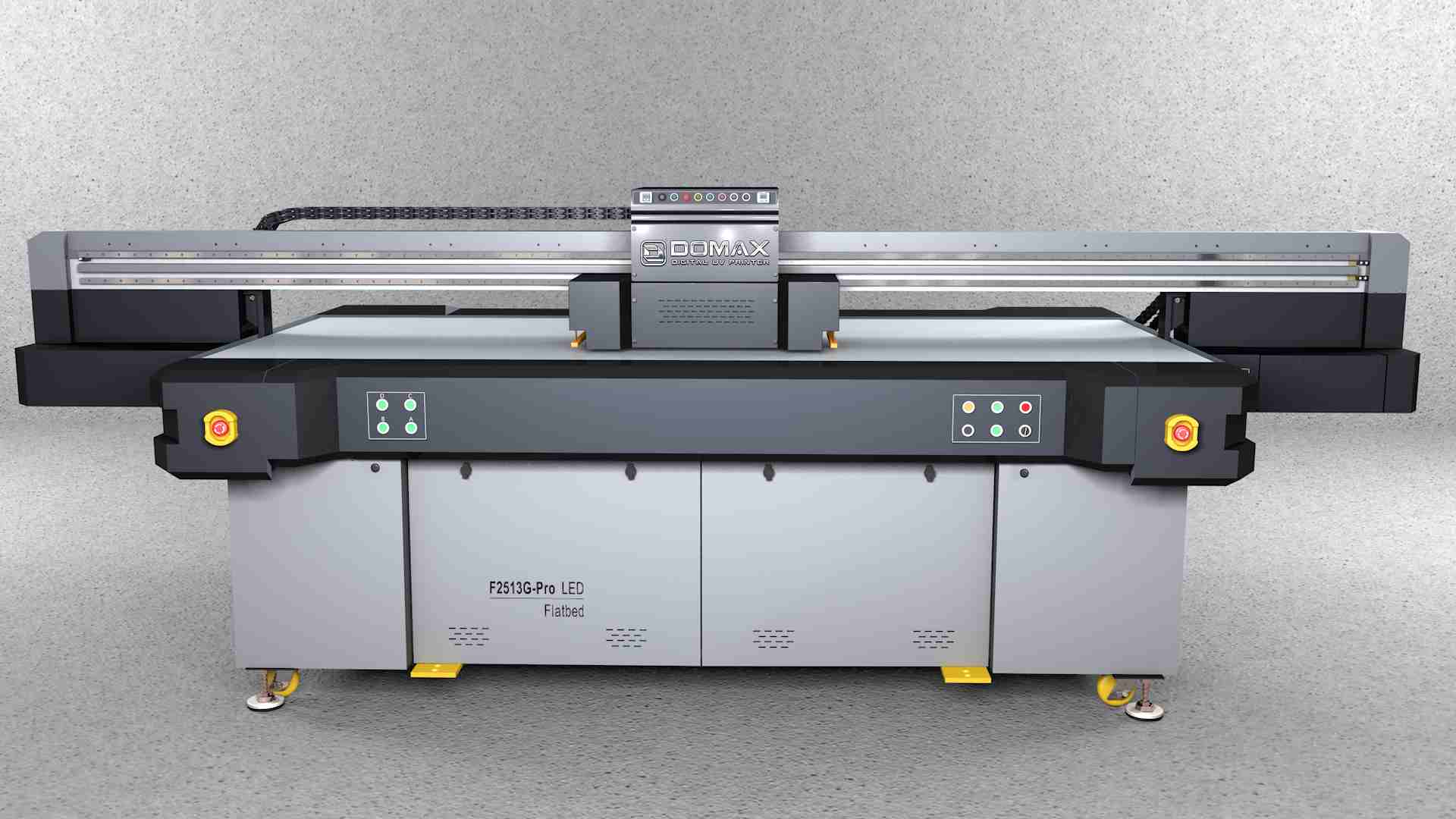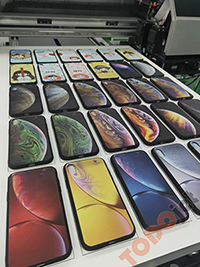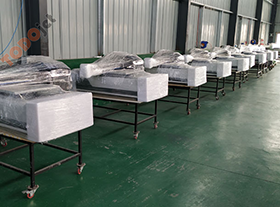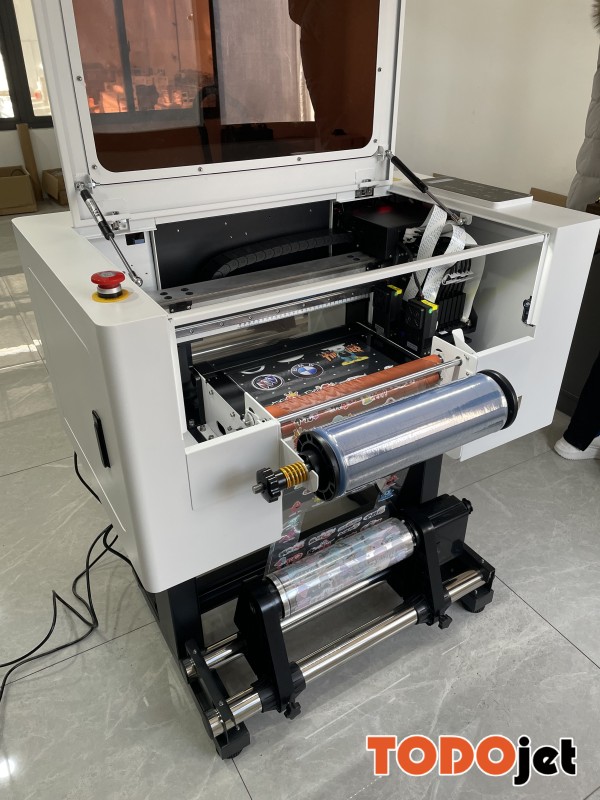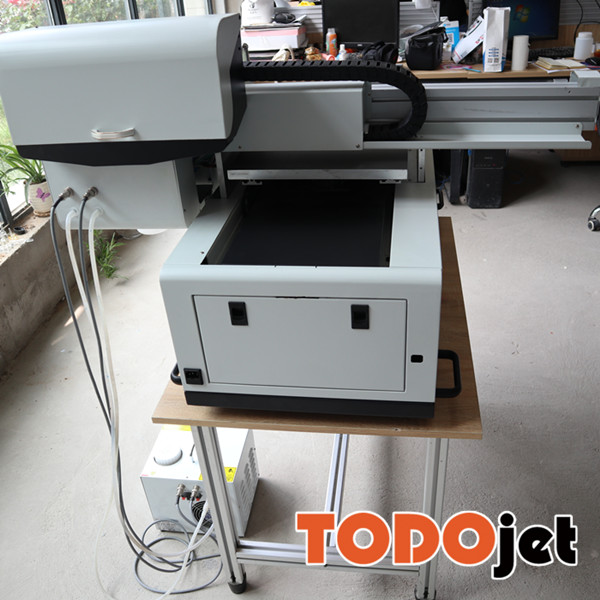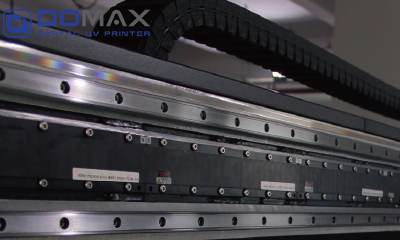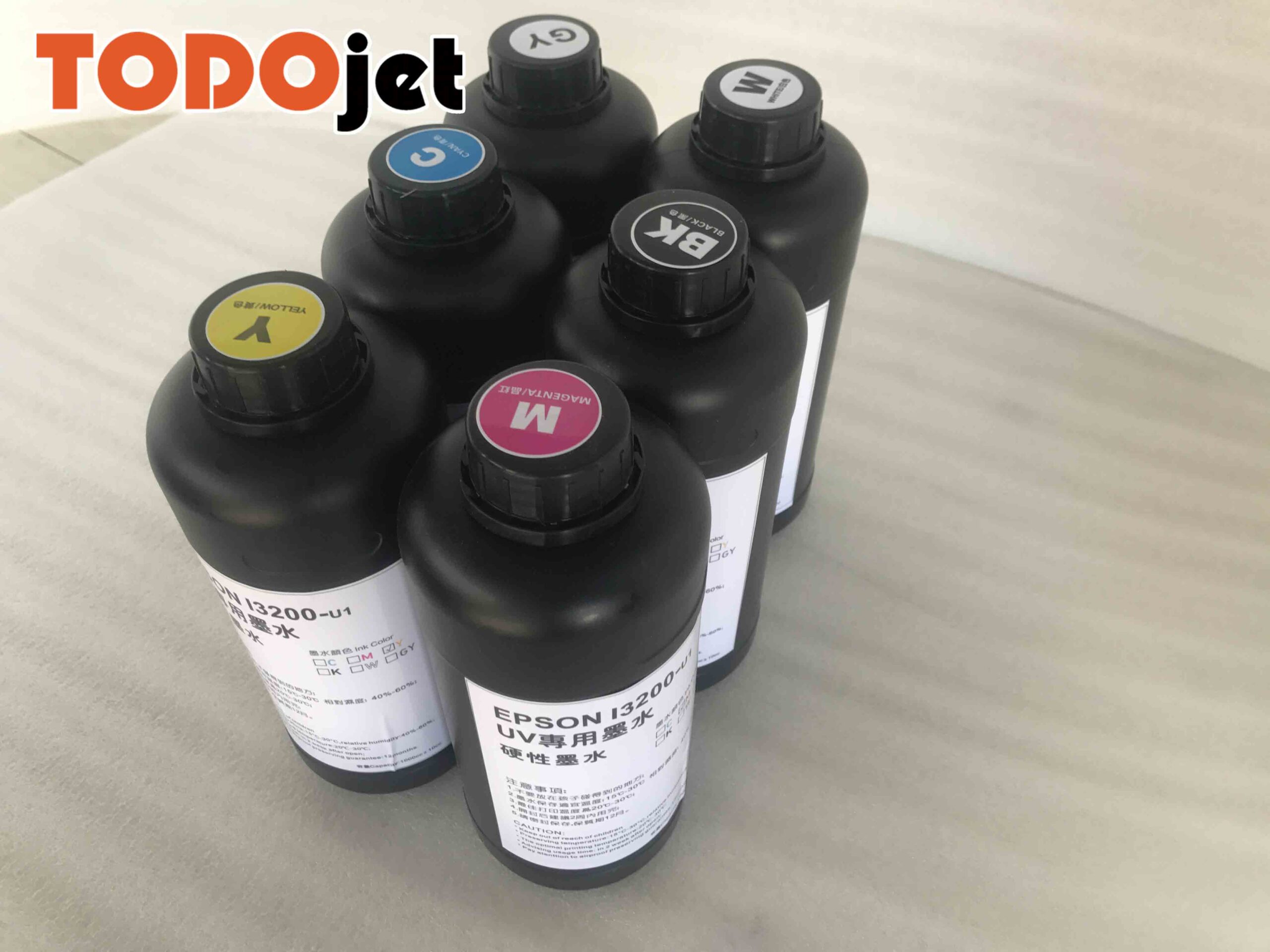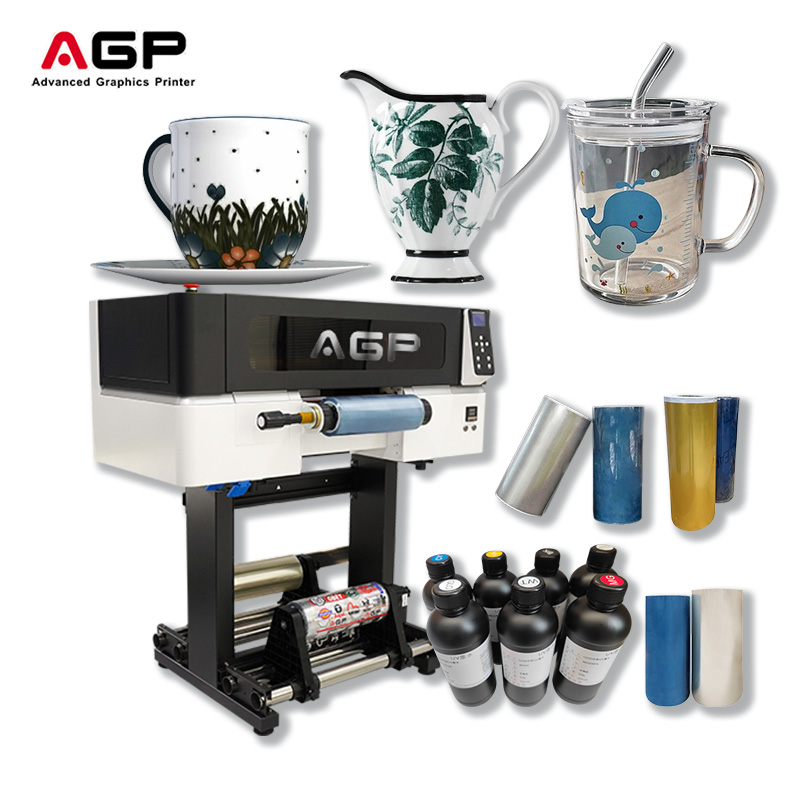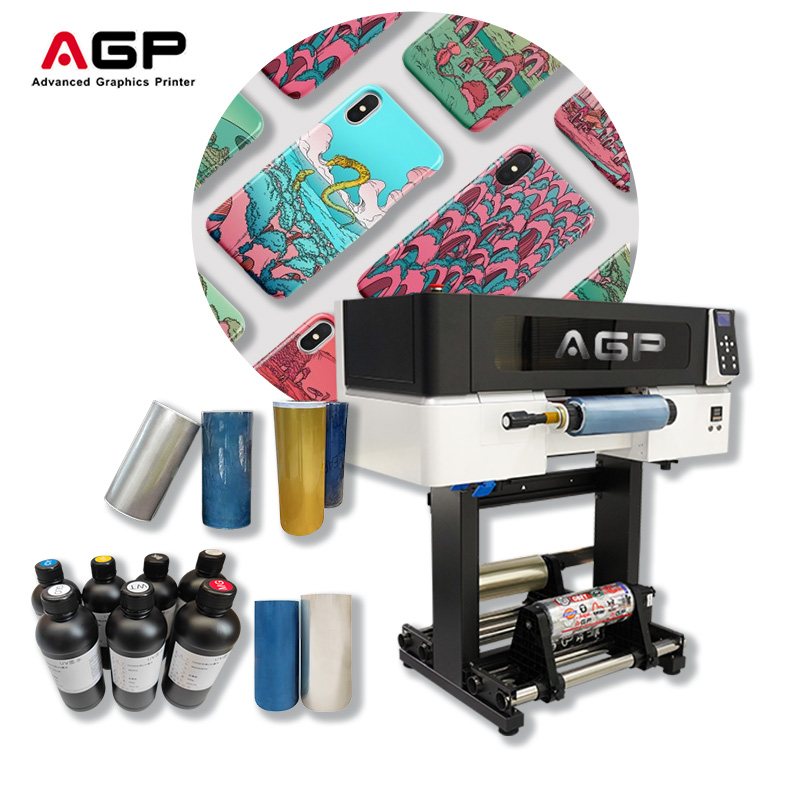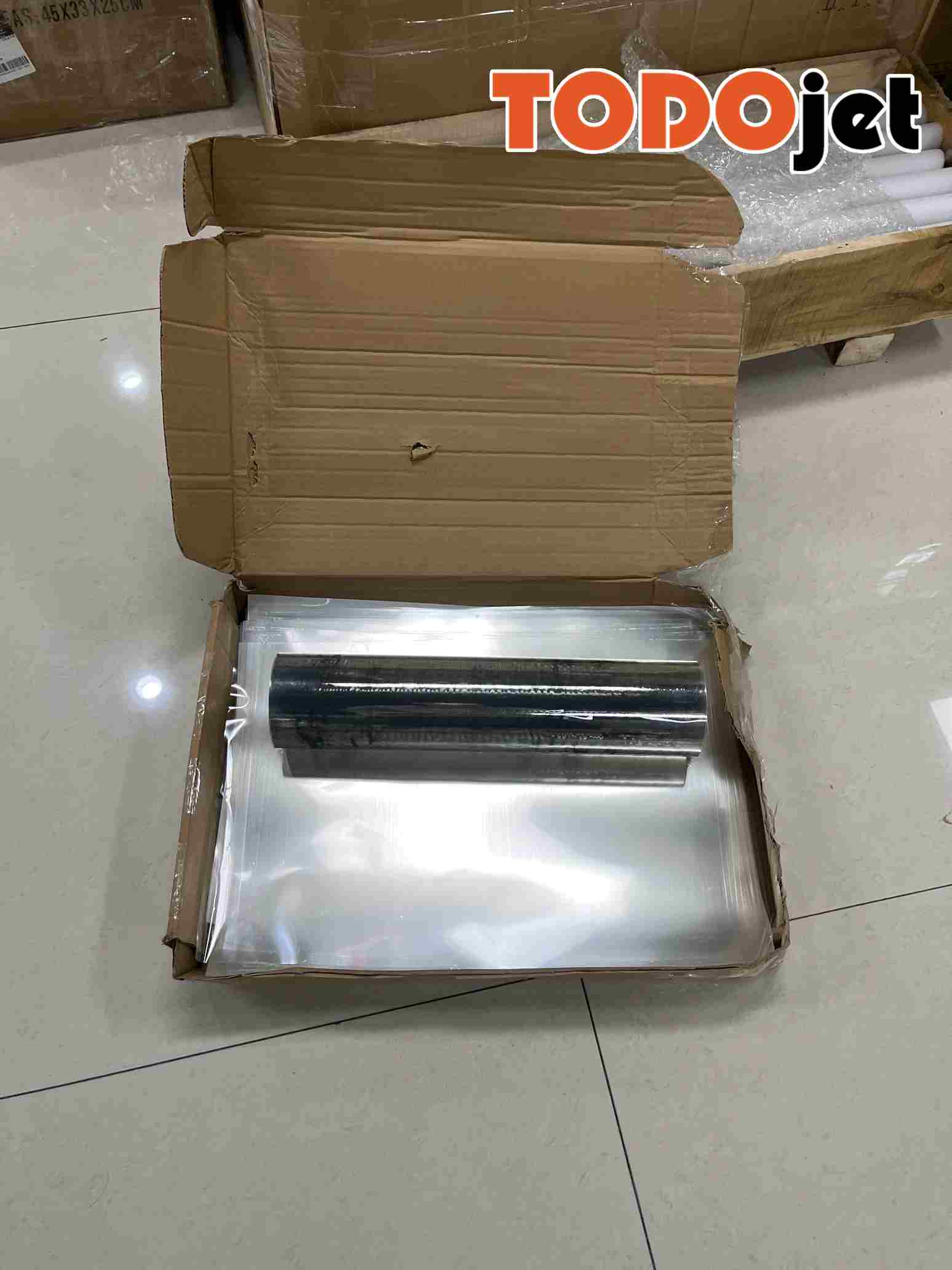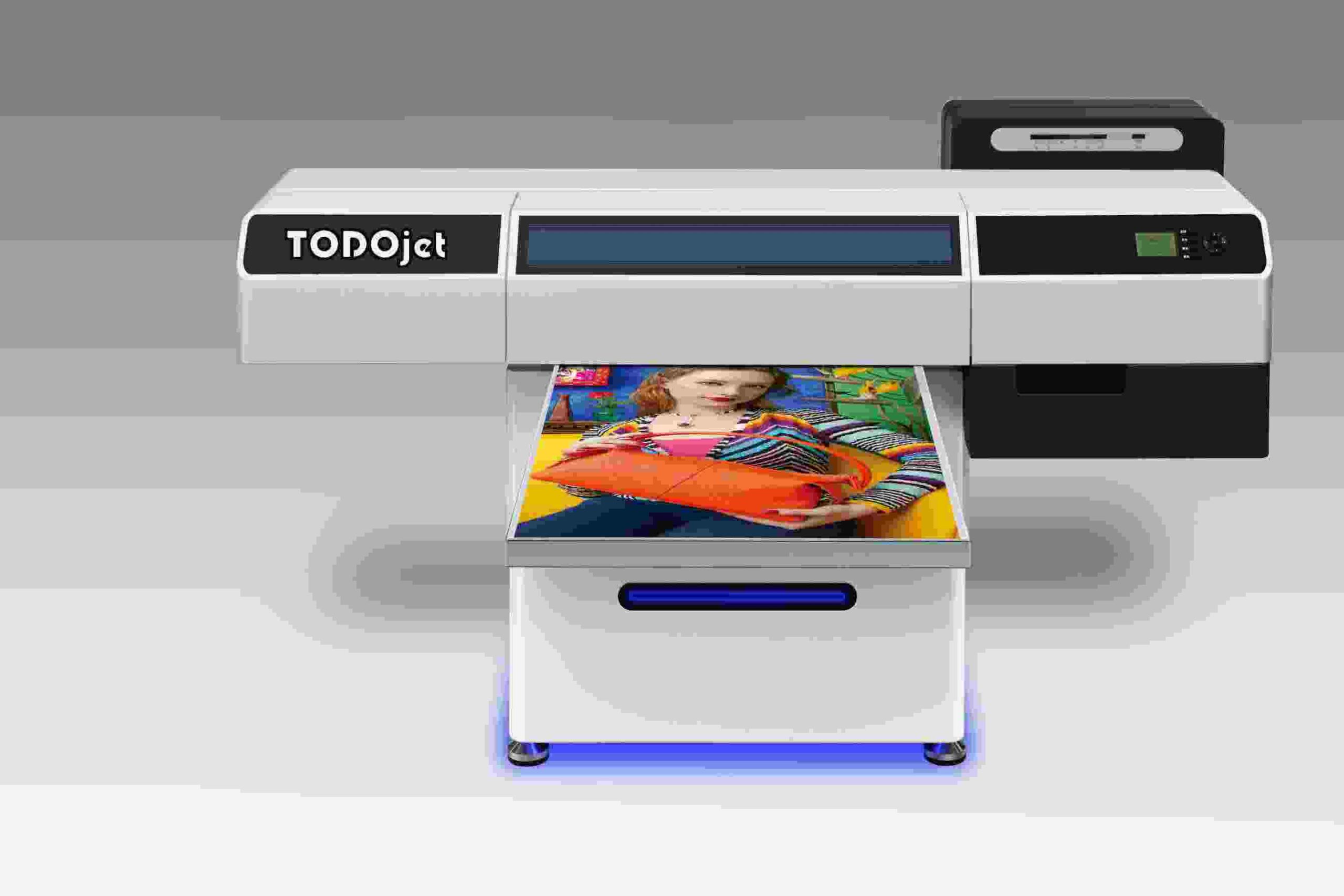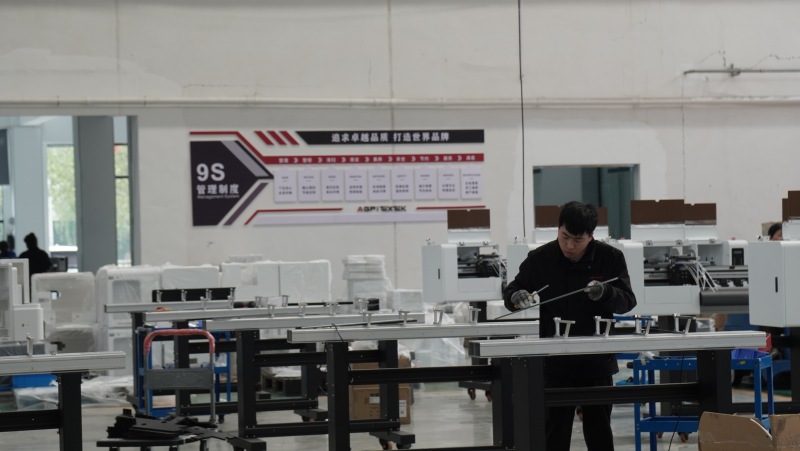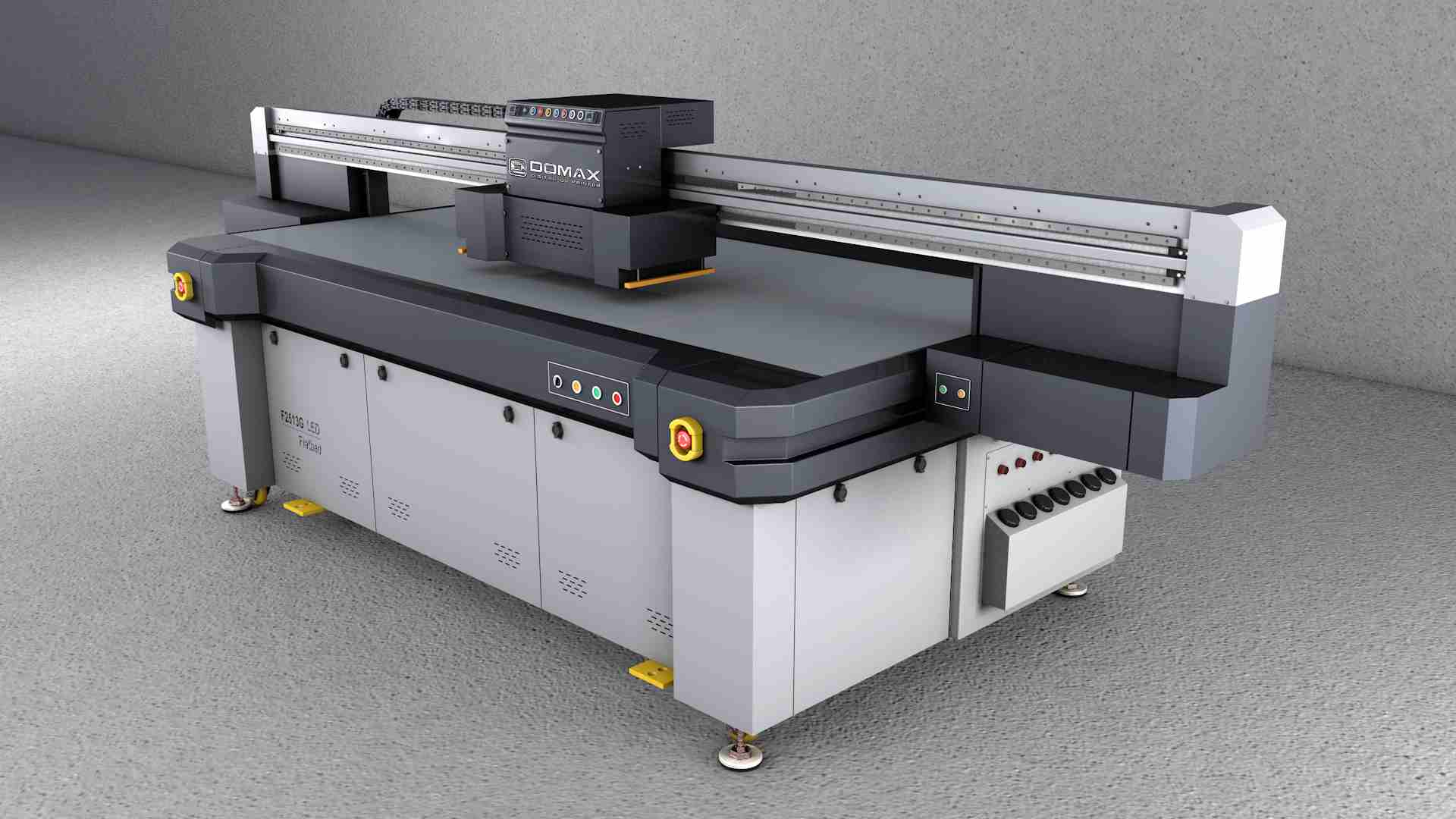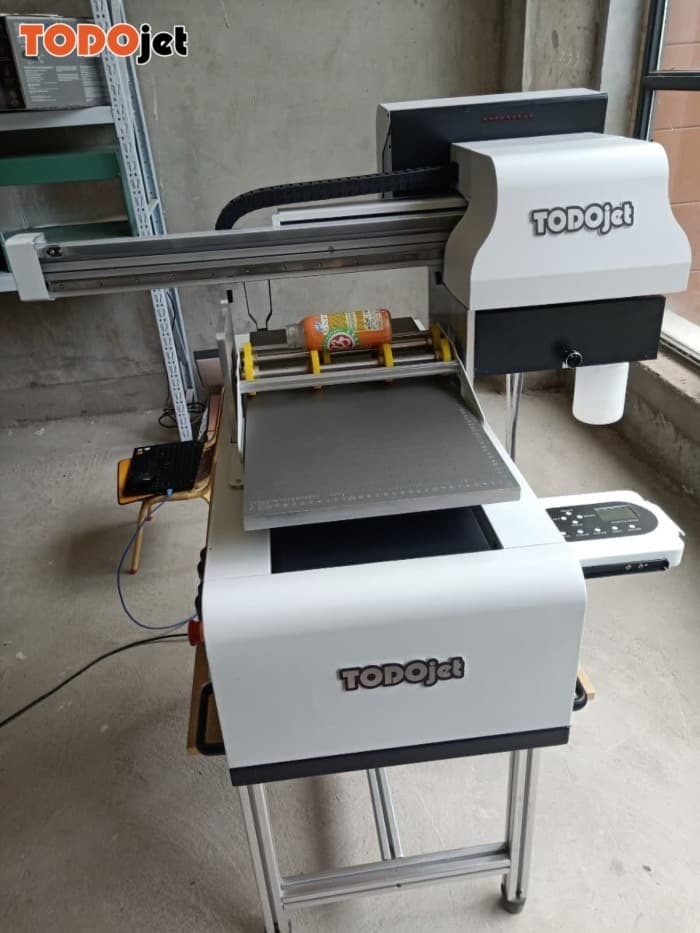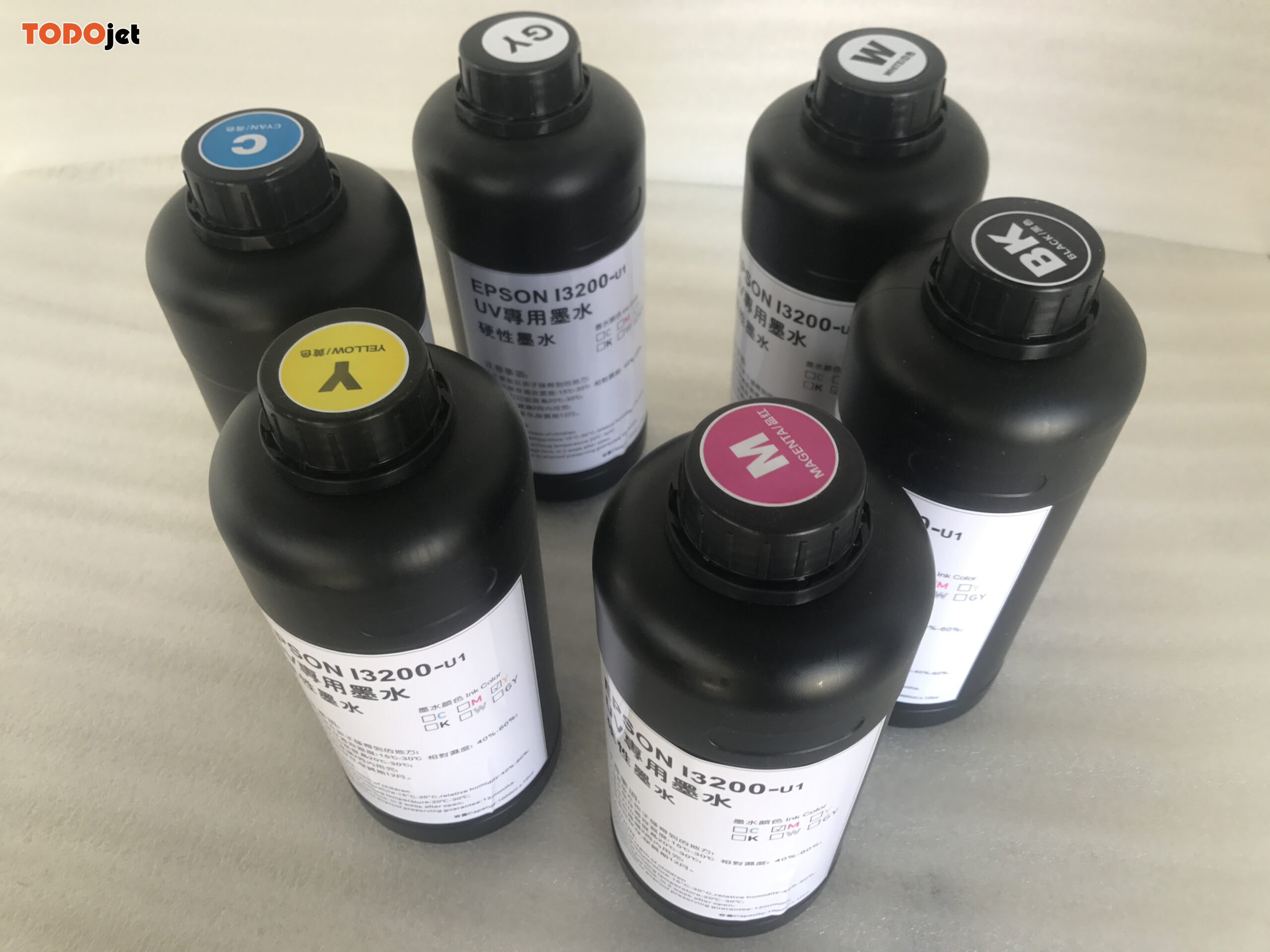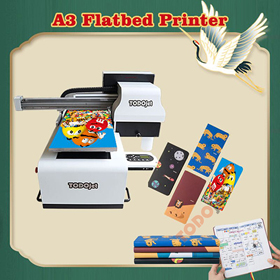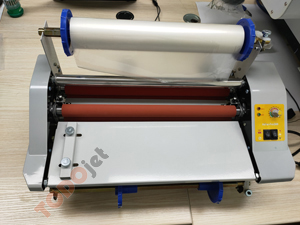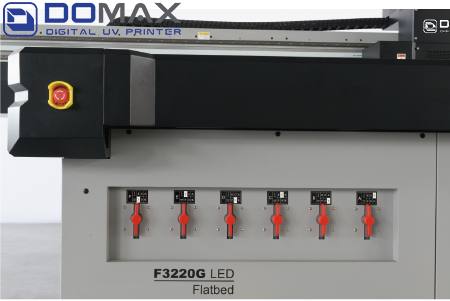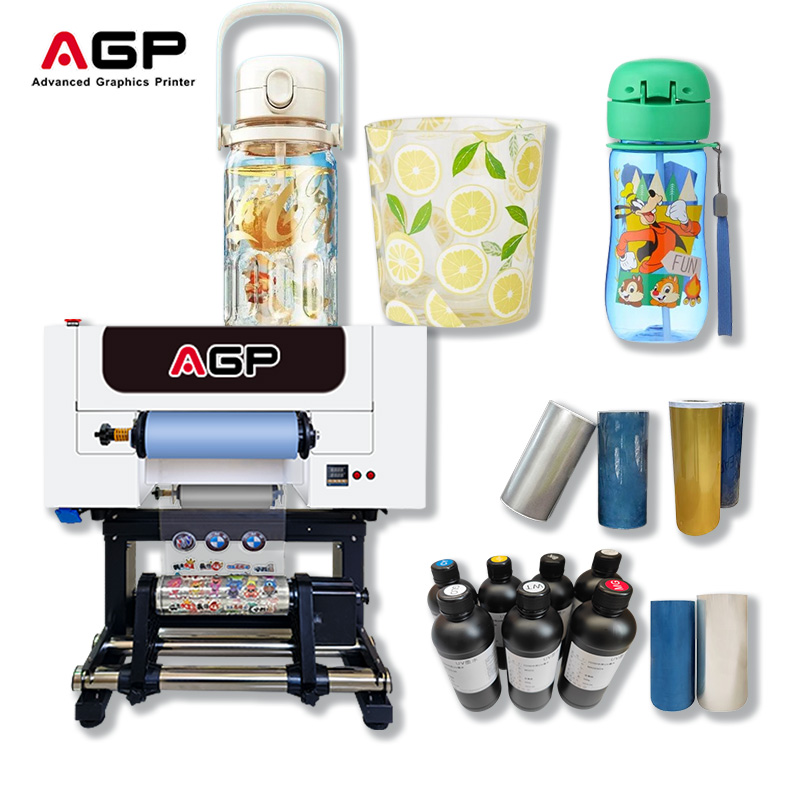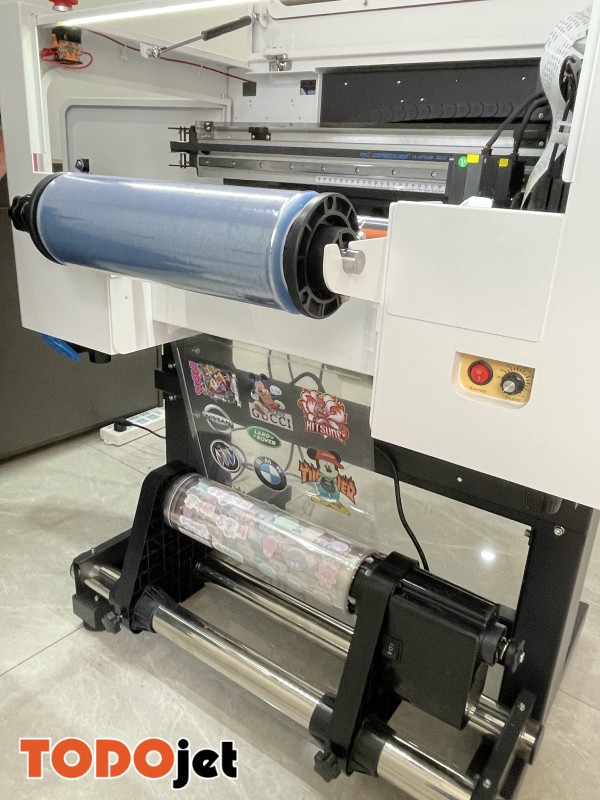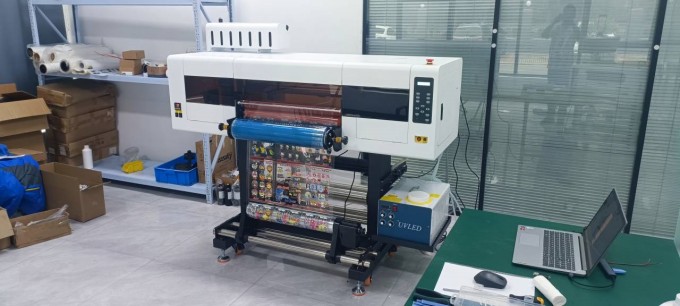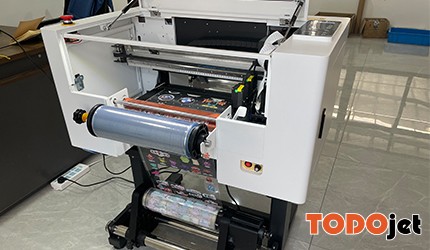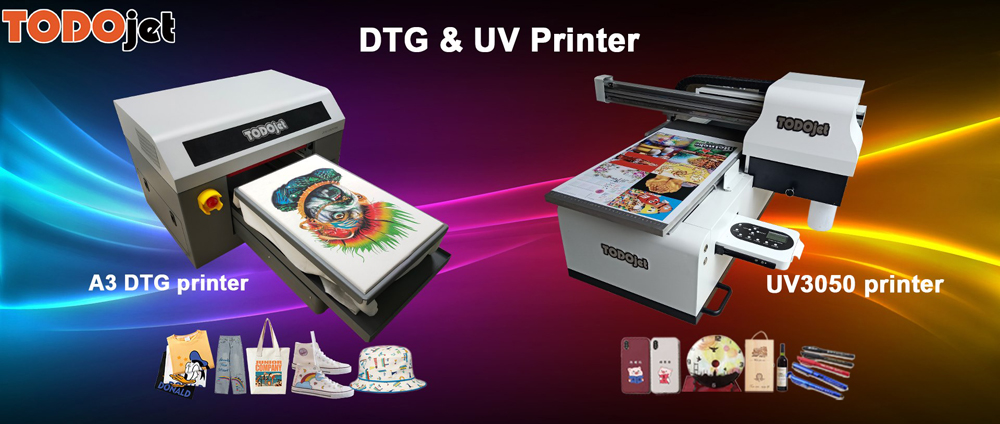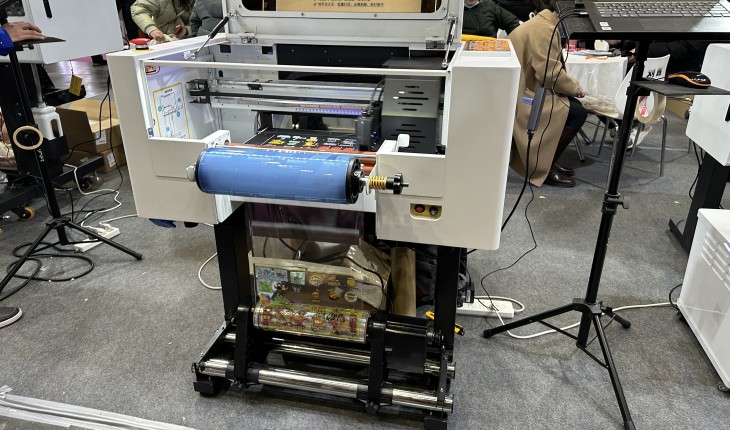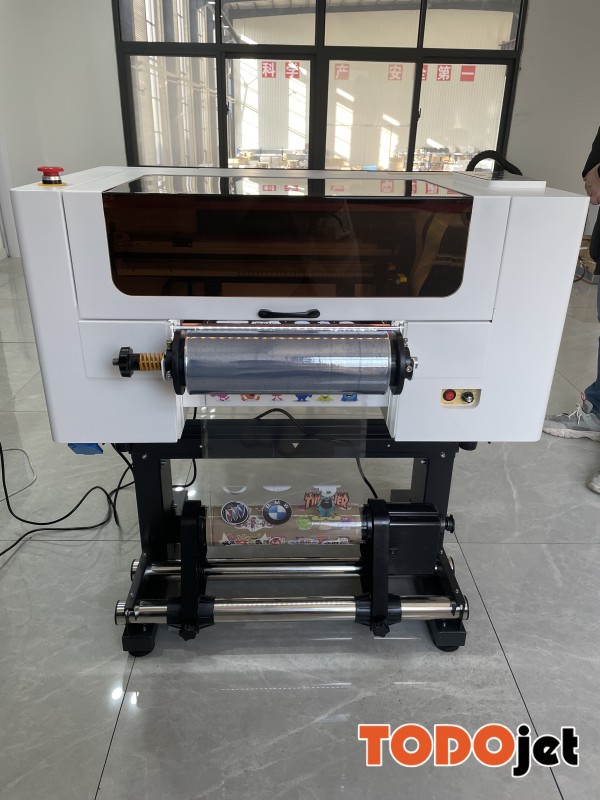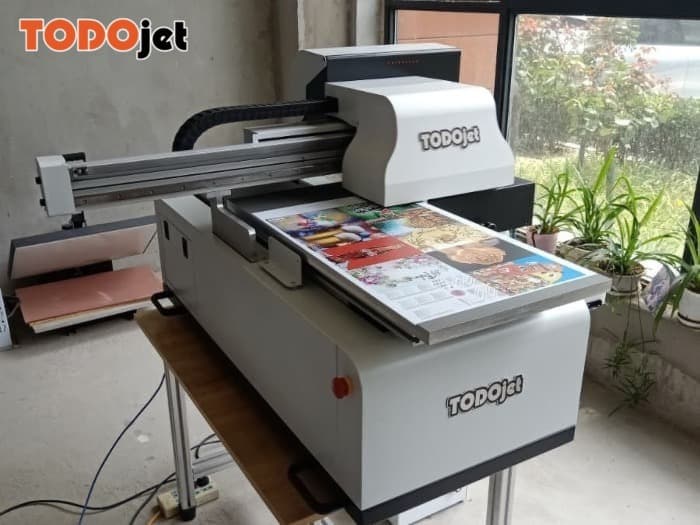UV printing visual effects
The visual effects of UV printing include flat ordinary color printing, 3d, 4d, 5d and other three-dimensional effects. Among them, ordinary color printing is also divided into two-color, four-color, six-color, eight-color, eleven-color, etc. The more spot-color UV inks are used, the more delicate the pattern will be displayed.
UV printing visual effects
The visual effects of UV printing include flat ordinary color printing, 3d, 4d, 5d and other three-dimensional effects. Among them, ordinary color printing is also divided into two-color, four-color, six-color, eight-color, eleven-color, etc. The more spot-color UV inks are used, the more delicate the pattern will be displayed.
The factors that affect the visual effect of UV printing are:
1. The physical accuracy of the nozzle
It refers to the number of ink droplets in the nozzle. The smaller the value, the higher the precision and the finer the printed lines; for example, Toshiba ce4 nozzle (5PL) < Ricoh gen5 nozzle (7PL) < Seiko gs508 (12PL) and so on. If it is viewed from a long distance outdoors, a large-aperture nozzle is sufficient, and if it is viewed from a close distance indoors, a small-aperture nozzle is required.
2. Physical accuracy of UV flatbed printer
It refers to the physical error between the core components such as screw, trolley, motor, platform, etc. The smaller the value, the better the printing accuracy of the pattern can be guaranteed. When selecting equipment, users should check the brand of parts and understand their process and performance indicators.
3. Pixels of the pattern
The format of pictures printed by UV flatbed printers generally adopts vector graphics, such as psd, tiff, ai, etc., and the pixels should be greater than 300dpi or more. The higher the value, the better the effect.
4. Adjustment of color curves
The color curves used in different application scenarios are different, especially in the advertising industry, the impact of color difference is relatively large. This depends on the curve used by the UV flatbed printer and the adjustment of the technician;
5. Printing software settings
For example, choose a few passes to print, the larger the value, the better the effect. Feather enable value level, white ink printing ink volume, embossing parameter settings, etc.
6. The characteristics of the material itself
Some 5d and 6d effects on the market require the material itself to be multi-faceted, so that it looks like a 3d effect from multiple angles.
7. Color matching
Usually, the standard UV flatbed printer is 4 colors + 1 white, which can meet 90% of the needs. However, some export or high-end needs can only be achieved with six, eight, or even eleven colors. The more colors are used, the richer the layering and delicacy of the pattern.

